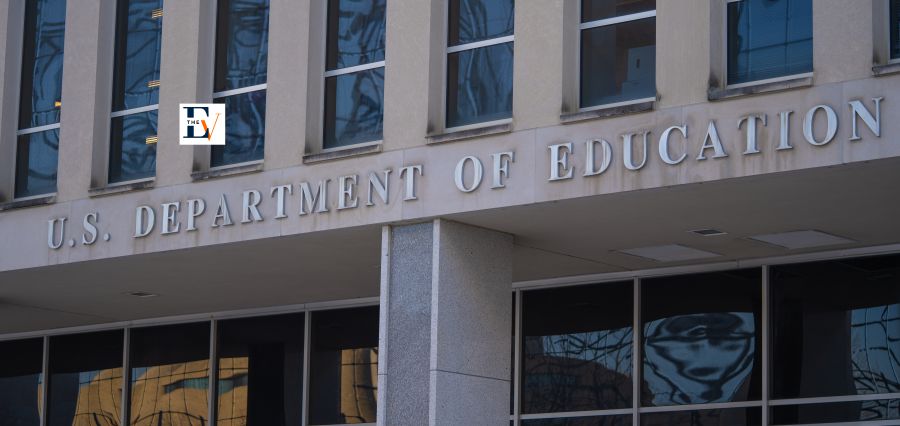The Biden administration announced on Monday that certain schools and universities have begun to receive federal data necessary to assemble financial aid packages for incoming students, following months of delays and technological difficulties.
Before extending to other colleges, the Education Department claims to have transmitted a batch of student records to “a few dozen schools” on Sunday and is now finalizing revisions. How many student data were sent, or which schools received the first batch, was not disclosed by the department.
The postponement has reduced the amount of time schools typically have to put together financial assistance packages prior to the customary May 1 deadline for college acceptance.
Families around the country are left wondering how much financial aid they will receive for college tuition because many universities have extended their enrollment deadlines as they wait for the federal government.
The standard October release of the Free Application for Federal Student Aid was postponed until late December due to the form’s revision. After fixing some remaining faults in the system, the department soft-launched the updated version, however many families encountered issues obtaining the form.
In 2020, Congress mandated the modification to streamline the infamously complicated form and increase the number of low-income students eligible for federal school aid. The new application has a new and more generous formula to evaluate eligibility for federal student aid, and it has fewer than 50 questions instead of 108.
Higher education has been affected in a cascading manner by the delays. Schools utilize the data from the FAFSA to compile financial aid packages for potential students, and the information is utilized to award state and federal education subsidies. Families frequently have a vague notion of how much they would have to pay in the meantime, which can be a deal-breaker when selecting institutions.
Proponents worry that some students—especially those who were already undecided—will be discouraged from pursuing higher education altogether as a result of the delay.
The Biden administration has been marred by repeated delays, and it has pointed the finger at Congress for turning down requests for additional funding to modernize the antiquated application process and revamp information systems.
Congressmen who are Republicans claim that the Government Accountability Office has opened a probe into how the administration handled the overhaul.
Approximately 17 million students complete the FAFSA each year as a part of their financial assistance applications. The department reports that 3.6 million students have completed the new FAFSA form thus far.
The department increased the amount of aid eligible to students by updating its algorithm to account for inflation. The new inflation tool was absent from the initial release, though.
More than a hundred Democratic lawmakers questioned the agency in a letter sent in February, demanding to know how it intended to lessen the effect the delays had on families.






